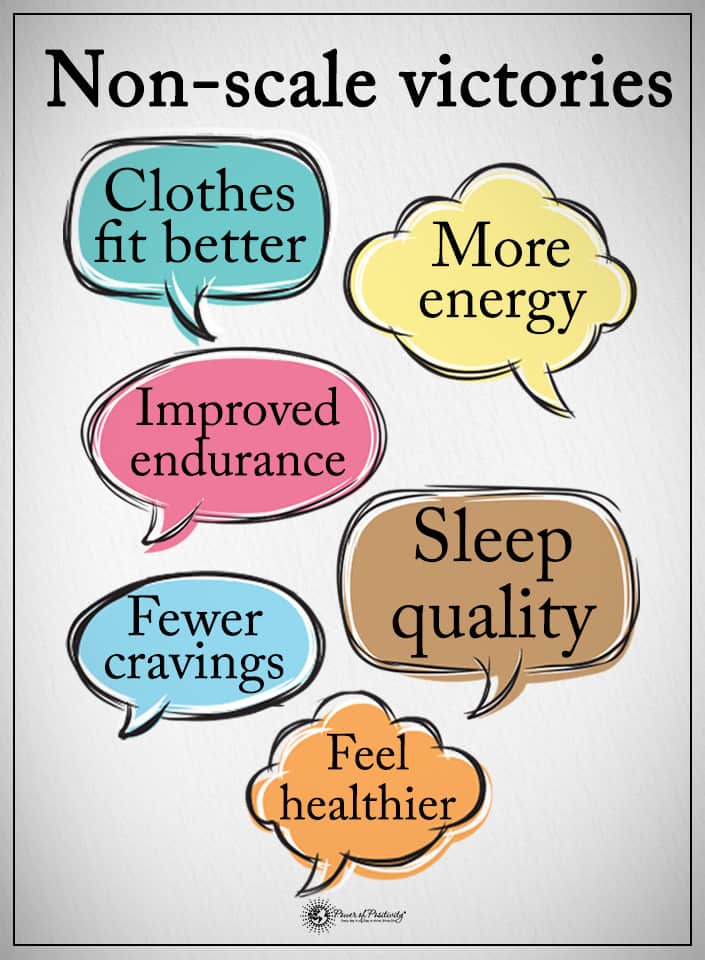Want to radiate positive energy that not only transforms your life but inspires those around you? It’s easier than you think. Positive energy is more than just a mindset; it’s a powerful tool that can boost your well-being, strengthen relationships, and even improve your mental health. In fact, studies show that people who focus on positivity live longer and experience greater satisfaction in life.
Today we’ll discover the 33 simple and effective ways to radiate positive energy every day, from small acts of kindness to mindful habits that align you with the universe’s natural flow. Each tip is designed to empower you to lead with warmth, attract joy, and make an impact on the world around you.
The Science of Positive Energy: How Thoughts and Actions Shape Your Reality
Positive energy is more than just a feel-good concept—it’s a transformative force that shapes how we perceive and interact with the world.
From mindfulness to visualization and meditation, science backs the power of our thoughts and actions to influence not just our mindset, but our physical and emotional health.
- 🧠 Mindfulness meditation increases serotonin and dopamine levels, which helps reduce stress and anxiety. It also physically alters the brain, increasing gray matter in areas responsible for emotional regulation and memory.
- 🌈 Visualization aligns thoughts with actions by creating neural pathways that mimic real-life experiences. Imagining your goals vividly makes it easier to manifest them into reality.
- 🌍 Thoughts generate electromagnetic frequencies. Positive thoughts trigger dopamine and serotonin, enhancing well-being, while negative thoughts release cortisol, leading to stress.
- 🌱 Meditation enhances brain function by promoting emotional regulation and reducing negative thoughts. Regular practice lowers anxiety and builds resilience, fostering a positive mindset.
33 Ways to Radiate Positive Energy Every Day
1. Wear a smile
Smiling is contagious. It boosts your mood and brightens the day for others. Your smile can uplift someone who may be going through a difficult time.
2. Reconnect with someone
Reach out to someone you’ve lost touch with. A simple text, call, or email can rekindle relationships and increase both of your happiness levels. Staying connected boosts longevity and well-being.
3. Forgive
Forgiveness lowers stress and promotes peace of mind. Letting go of resentment can reduce anxiety and improve both your mental and physical health, leaving more room for positive energy.
4. Help someone in need
Small acts of kindness—buying a coffee or offering assistance—create positive energy for both you and the recipient. It’s a way to make the world a little kinder and your day brighter.
5. Be kind on the road
Show patience and respect while driving. Let others merge or take a parking spot, reducing your stress and making the road a more pleasant place for everyone.
6. Give a random gift at work
Surprise a colleague with a small token of appreciation. It could be a coffee or a thoughtful note, but even small gestures can lift morale and spread positivity.
7. Offer encouragement
Tell someone you believe in them. Encouraged words not only uplift others but also create a positive atmosphere for you, enhancing both your moods.
8. Leave positive notes
Stick an uplifting message in a place someone will find it. A short note can inspire someone, boost their mood, and brighten their entire day.
9. Tip generously
Leave a generous tip when dining out. It’s a small way to show appreciation and kindness to hard-working service professionals who often rely heavily on tips.
10. Gift a friend unexpectedly
Give a friend a small, thoughtful gift—maybe coffee or their favorite snack. Surprise gifts strengthen bonds and create joy for both the giver and receiver.
11. Be kind to the Earth
Simple acts like recycling, composting, or picking up litter contribute to a healthier planet. Small changes help create a sustainable, positive environment for future generations.
12. Plan a surprise vacation
Surprise family or friends with a getaway they weren’t expecting. Even a weekend away can create lifelong memories and strengthen your connections.
13. Support local businesses
Shop at small, family-owned stores. You’ll support your local economy, build community, and feel more connected to the people in your neighborhood.
14. Compliment a stranger
A kind compliment can make someone’s day and spread positivity. Be mindful of safety, but when appropriate, brighten someone’s day with a heartfelt remark.
15. Achieve small goals

Set small, achievable goals daily. Completing even simple tasks boosts your confidence and contributes to a more positive and productive mindset.
16. Practice affirmations
Write down and speak positive “I AM” statements daily. Affirmations strengthen your self-belief and enhance the energy you bring into your day.
17. Donate unused items
Declutter and donate your extra belongings. Helping others in need by giving away clothes, furniture, or books spreads kindness and keeps your space tidy.
18. Pay for dinner
Treat a friend or family member to dinner. Sharing a meal strengthens bonds, and picking up the bill is a thoughtful way to show you care.
19. Pray for someone
Prayer can bring hope and comfort to those going through tough times. Offering a prayer shows someone you genuinely care about their well-being.
20. Offer to babysit
Give parents a well-deserved break by watching their kids for an evening. It’s a thoughtful gesture that shows love and support.
21. Be kind to someone you dislike
Offering kindness to someone difficult can reduce tension and uplift your own spirit. Even a small kind word can shift the energy between you.
22. Donate to a charity
Giving to a charity, no matter the amount, can provide joy to others and leave you feeling enriched and purposeful.
23. Help the elderly
Assist an elderly neighbor or family member with tasks like grocery shopping or yard work. Small acts of kindness make a big impact in their lives.
24. Adopt an animal
Give a loving home to an animal in need. Pets provide companionship, and adopting can spread kindness and warmth in your life.
25. Donate books
Share your books with a library or those in need. Donating books promotes education and helps others access the joy of reading.
26. Read to children
Reading to kids helps nurture their love for books while creating meaningful connections. It’s a simple way to spread positivity and joy.
27. Share inspiring material

Read and share motivational content daily. Whether it’s a quote, story, or message, spreading inspiration lifts others’ spirits.
28. Donate to a parking meter
Pay it forward by putting change in someone’s expired parking meter. This small act of kindness helps avoid tickets and spreads goodwill.
29. Hold the door for someone
A simple act of holding a door open can spread kindness and brighten someone’s day. It’s a quick, thoughtful gesture that uplifts both you and the recipient.
30. Meditate daily
Regular meditation reduces stress and improves well-being. Even a few minutes of quiet reflection can boost your energy and positivity.
31. Apologize
Saying “I’m sorry” strengthens relationships and eases emotional tension. Apologies help heal wounds and clear the air for positive interactions.
32. Tell someone they inspire you
Let people know when they’ve positively impacted your life. Your acknowledgment could give them the encouragement they need to keep going.
33. Express gratitude daily
Practice gratitude by journaling or expressing it aloud. Focusing on what you’re thankful for increases happiness and cultivates more positive energy.
Spreading Positivity: The Ripple Effect of Kindness
Spreading kindness creates a ripple effect, where one small act can inspire others, fostering a chain reaction of positive behavior. Research shows that acts of kindness, such as offering a smile or a helping hand, trigger the release of oxytocin, also known as the “love hormone.”
This hormone promotes feelings of connection, trust, and empathy. When people witness or receive kindness, they are more likely to “pay it forward,” creating a wave of compassion that extends far beyond the initial gesture.
For example, something as simple as holding the door for someone could inspire them to do something kind for another person. Over time, these acts accumulate, improving community relationships and fostering a sense of unity and goodwill.
Kindness not only benefits the recipient but also boosts the mental well-being of the giver, creating feelings of fulfillment and joy.
Ultimately, the ripple effect of kindness can strengthen relationships, increase trust, and create a more supportive environment, one small act at a time.
Final Thoughts
Incorporating positive energy into your daily life is transformative, not just for you but for those around you. Acts of kindness, mindfulness, and empathy ripple through communities, creating a chain of positivity that can strengthen relationships and improve mental well-being.
As you practice these habits, you’ll find that spreading kindness uplifts others while also boosting your own happiness. Remember, even the smallest gestures—like a smile or a thoughtful word—can have lasting impacts.
By making positivity a daily habit, you contribute to a more compassionate, connected, and harmonious world.





















